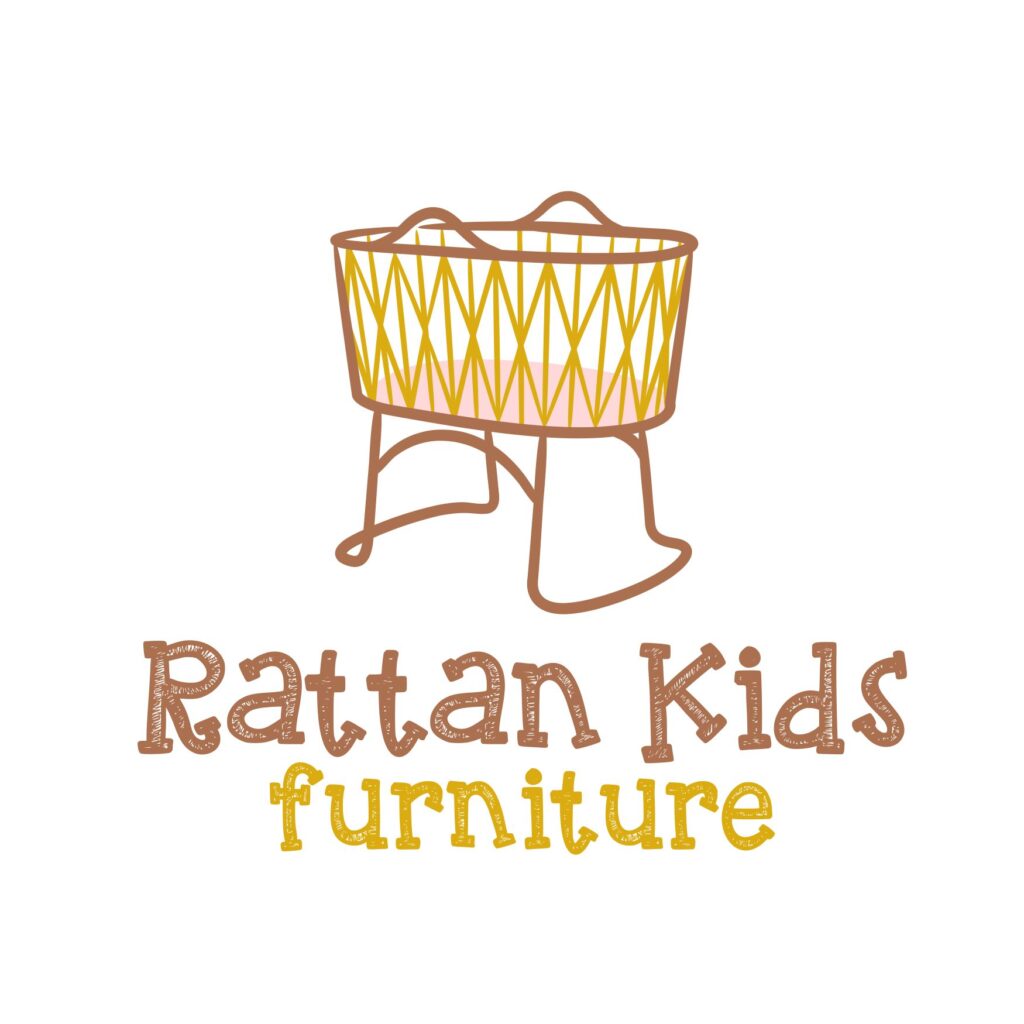Rattan furniture has long been celebrated for its durability, flexibility, and natural appeal. In recent years, there’s been a growing interest in rattan furniture designed specifically for children, combining the material’s inherent benefits with designs that cater to the needs and aesthetics of younger users. This article delves into the intricacies of rattan furniture manufacturing, with a particular focus on pieces crafted for children.
The Essence of Rattan
Rattan is a type of climbing palm native to tropical regions, particularly Southeast Asia. Unlike bamboo, which is hollow, rattan boasts a solid core, making it exceptionally sturdy yet flexible. These characteristics make it an ideal material for crafting furniture that is both durable and lightweight. Its natural aesthetic adds a touch of warmth and elegance to any space.
Manufacturing Process of Rattan Furniture
Material Sourcing: The journey begins with the harvesting of rattan canes from sustainable plantations. Indonesia, for instance, is renowned for its high-quality rattan and is home to numerous manufacturers specializing in rattan furniture.
Preparation: Once harvested, the rattan is cleaned, dried, and treated to prevent pests and mold. The canes are then sorted based on diameter and quality, ensuring uniformity in the final product.
Design and Shaping: Skilled artisans design furniture pieces, often drawing inspiration from both traditional and contemporary aesthetics. The flexibility of rattan allows it to be bent and shaped into various forms without breaking. This is particularly beneficial for creating intricate designs in children’s furniture, such as chairs and beds with playful curves and forms.
Weaving: Many rattan pieces incorporate woven elements, adding to their aesthetic appeal and structural integrity. Artisans employ various weaving techniques to create patterns that are both decorative and functional.
Finishing: The furniture is sanded to a smooth finish and can be stained or painted to achieve the desired color. A protective coating is often applied to enhance durability and longevity.
Rattan Furniture for Children
When designing rattan furniture for kids, manufacturers prioritize safety, functionality, and aesthetics. Pieces are crafted to be sturdy yet lightweight, allowing children to move them with ease. Edges are rounded, and finishes are non-toxic to ensure a child-friendly product.
For example, Indonesia Rattan Furniture offers a range of children’s pieces, including chairs and tables, that are both functional and stylish. Their designs often feature playful elements that appeal to young users.
Global Presence and Export
Indonesian rattan furniture manufacturers have a significant presence in the global market. Companies like Rattan Land Furniture export their products to over 50 countries, including the USA, Spain, Russia, and the UK. Their extensive range includes dining sets, living room furniture, and specialized children’s pieces.
Sustainability and Environmental Impact
Rattan is a sustainable material, growing quickly and requiring minimal resources. Its cultivation supports local economies and provides an eco-friendly alternative to hardwoods. Additionally, rattan furniture’s longevity reduces the need for frequent replacements, further minimizing environmental impact.
Rattan furniture factory is a blend of traditional craftsmanship and modern design, resulting in pieces that are durable, aesthetically pleasing, and environmentally friendly. When tailored for children, rattan furniture offers a unique combination of safety, functionality, and charm, making it a favored choice for parents seeking sustainable and stylish options for their homes.
